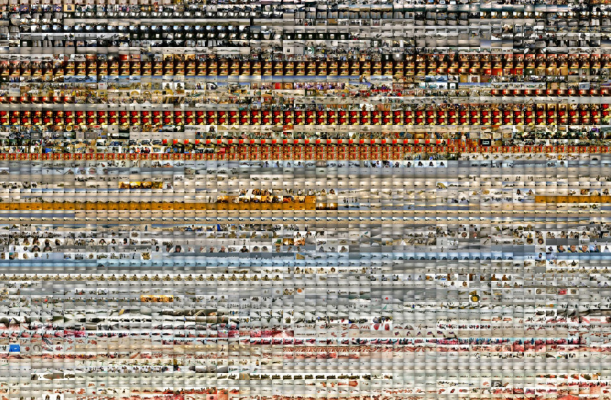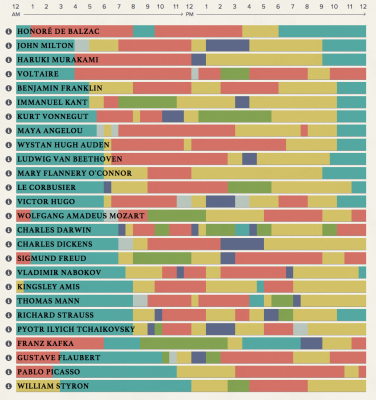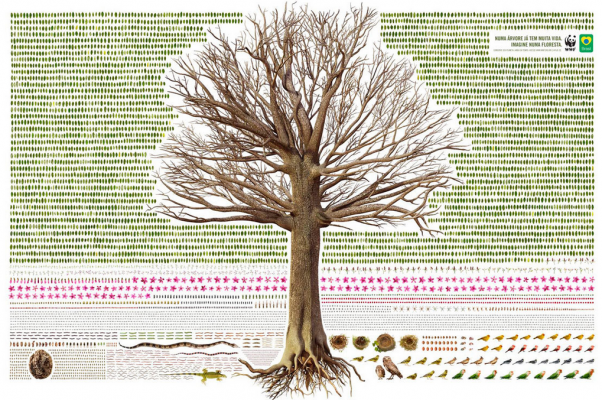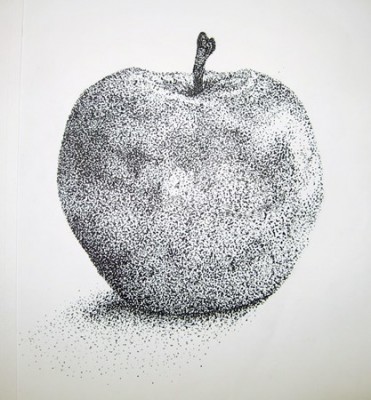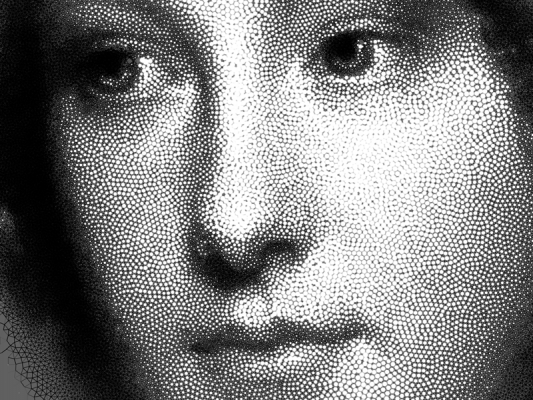I am interested in developing augmented reality application with openFrameworks.
Add on: ofxQualcommAR
This add on uses Qualcomm AR SDK along with open Frameworks for creating application for iOS. This add on lets you use frame markers where you an use frames as image target and the virtual content can be filled within the frames.
source: https://github.com/rogerpala/ofxQualcommAR
Add on: ofxArUco
This add on for openframewors uses openCV to create Augmented reality applications. Markers can be detected by single C++ code line. Main feature of this add on that a board of AR markers can be detected simultaneously. It’s also easy to develop cross platform applications.
Source: https://github.com/arturoc/ofxAruco
Reference: http://www.uco.es/investiga/grupos/ava/node/26
